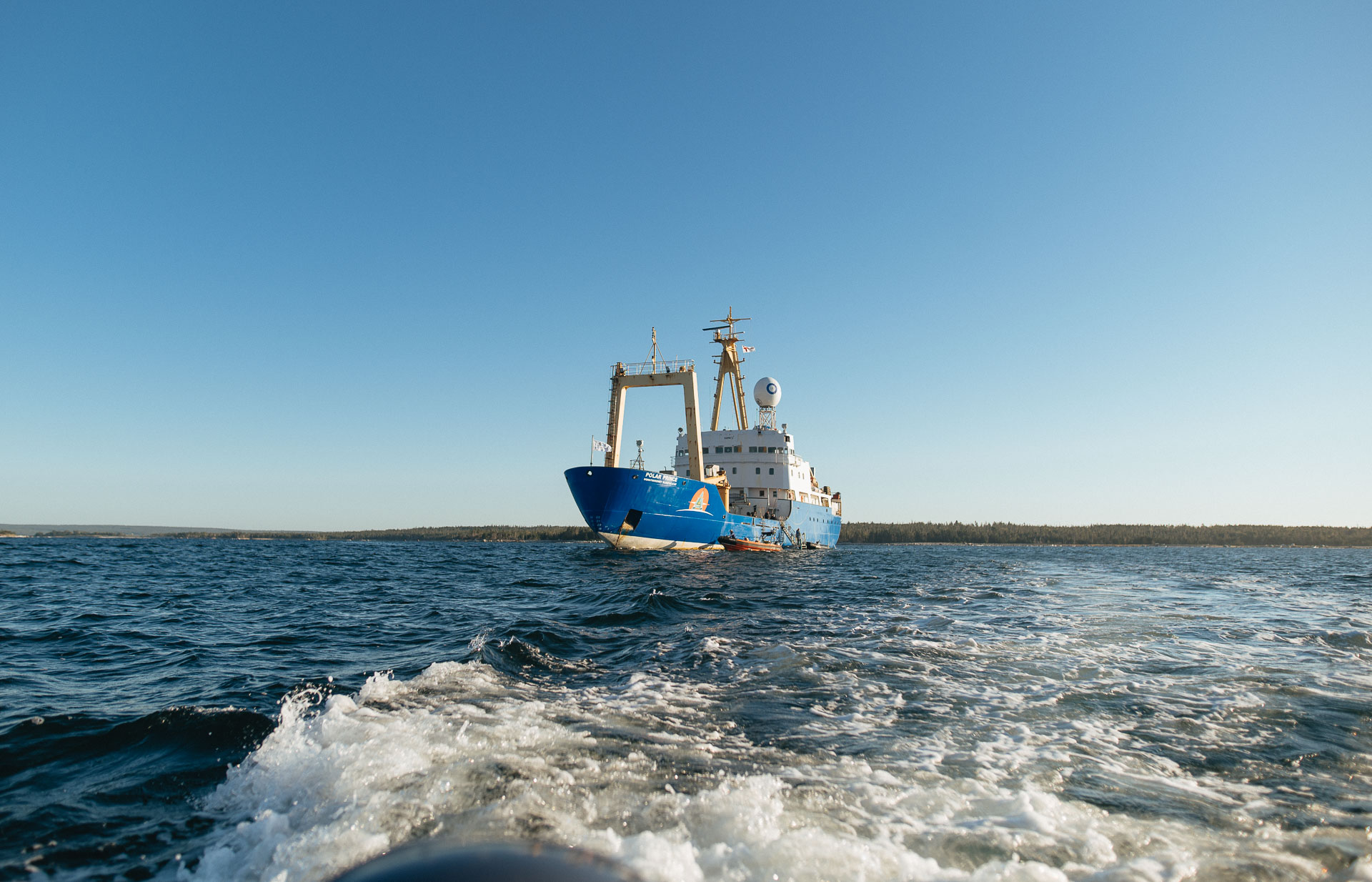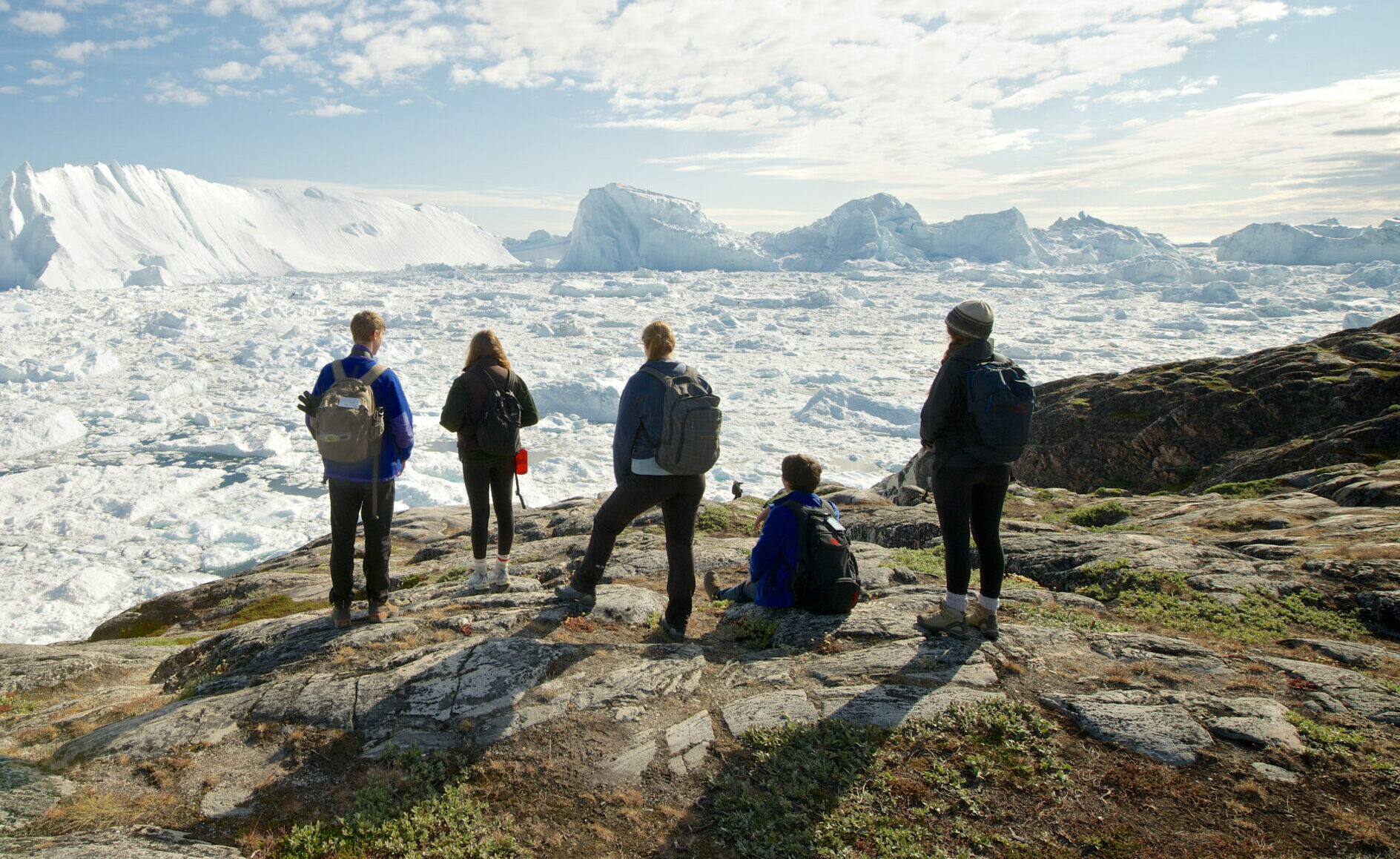Youth on Board: Young Nunavummiut Contribute To Global Biodiversity Program

Meet Kumau Qavvik, Carter Lear, and Michael Aqilriaq. These youth from Kugaaruk, Cambridge Bay and Gjoa Haven, respectively, are among six young Nunavummiut who spent the summer working as field technicians for the Arctic BIOSCAN (ARCBIO) project in the Kitikmeot region.
The ARCBIO project seeks to bridge biodiversity science, DNA technology and Inuit knowledge in order to improve the capacity to monitor environmental changes in the Canadian Arctic.
As part of that work, the youth collected insects and other arthropods in terrestrial, freshwater and marine environments with training from scientists at Viventem, University of Guelph and Centre for Biodiversity Genomics. The samples are then sorted, labelled, and then shipped to University of Guelph to be DNA barcoded at the Centre for Biodiversity Genomics.
The youth also led the process of uploading their observations on the SIKU platform (Indigenous Knowledge Social Network) for improved regional accessibility and usage of the data.
Carter has worked with ARCBIO for three seasons. Having grown up in Cambridge Bay, he learned about the project at a community event in 2019. He saw it as an opportunity to “work with and on the land” in his home territory and explore the world of insects, something that always interested him.
“Many of the things I have learned working with Arctic BIOSCAN are interesting to me,” says Carter. “But the most interesting thing is probably the diversity of insects in the Arctic, how they all play their part in their ecosystem and even in our lives.”
“I am looking forward to hearing about the results of this field season and to know if we found anything different from the past year,” he added. “I would love to make a career out of this someday.”

Kumau, who plans to study engineering after high school, found out about the project from his teacher. Describing his home community of Kugaaruk as a “beautiful landscape” with mountains and hills along the ocean shoreline, Kumau says he’s drawn to the job with ARCBIO because he loves being outdoors.
He says he’s been learning a lot about insects and the environment. He was surprised to learn that different colours of flowers and insect traps attract different insects.
For Michael, who is from Gjoa Haven, social media was where he learned about the role with ARCBIO. He’s found it “fun and enjoyable” to catch and learn about insects.
“The most surprising thing I learned is that bumblebees can bite!” he said.
Michael also enjoys the outdoors, and had looked forward to being outside where he can “just look at the scenery and work.”
ARCBIO project manager Jeremy deWaard said the youth brought new energy and local knowledge to the team’s work.
“Arctic BIOSCAN has significantly benefited from the work of these young people who know this vast landscape better than most who travel there to work,” he said. “Fieldwork allows these youth to be where they feel connected and grounded while contributing to BIOSCAN, a major global biodiversity research program.”
This year, ARCBIO’s monitoring activities expanded outside of Cambridge Bay and Kugluktuk to include Kugaaruk, Gjoa Haven and Taloyoak, thanks to funding from SOI’s Blue Futures Pathways program and Polar Knowledge Canada. A total of 11 long-term biodiversity monitoring sites were initiated and serviced by the team of technicians.
Related article:





